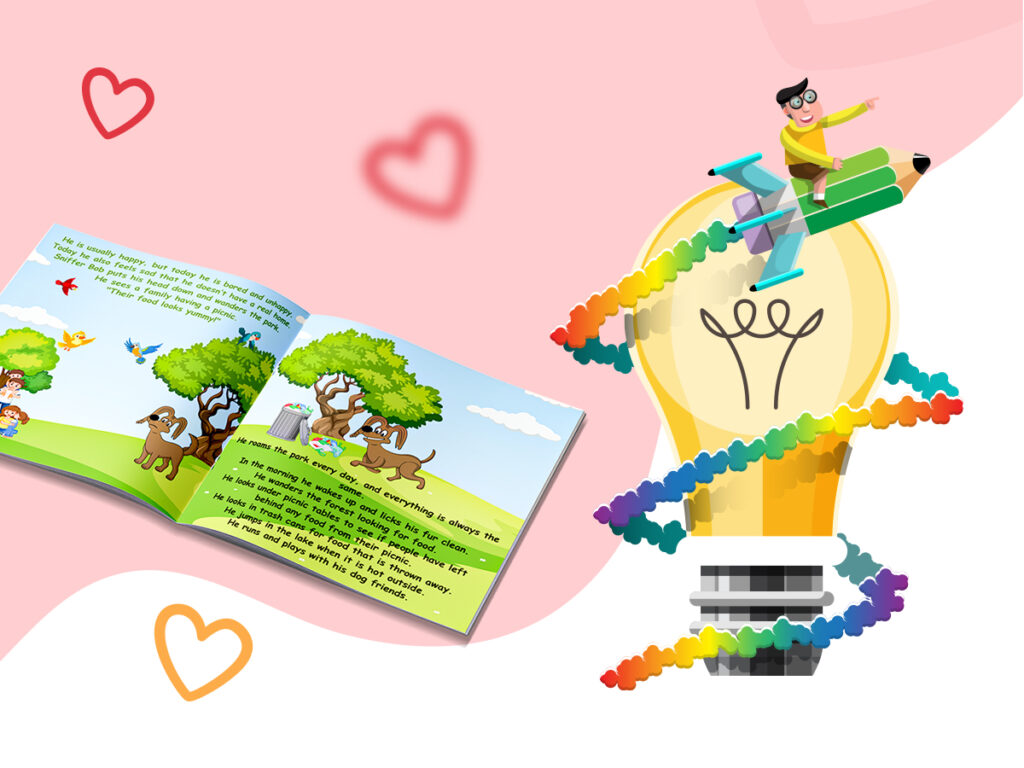Mathematical concepts can be complex to teach, especially abstract concepts like capacity. But guess what? You can make teaching capacity quite fun and exciting, so here’s how to make learning about capacity fun and effective.
Why Capacity Matters
Capacity is a measure we use in everyday life and math lessons. It shows the quantity that something can hold, for example, a gallon of milk, a quart of juice, or a pint of ice cream. Learning about capacity builds a foundation for future, more challenging math concepts and prepares children with real-life knowledge to be helpful on a day-to-day basis.
Turning Learning into a Game
One of the best ways to teach capacity is through activity-based games and activities. Children learn a lot through games while playing, which is also how younger learners learn. A few fun ideas are the following:
- Measuring Cup Games: Using a set of measuring cups, students can be guided on an expedition that develops a sense of how different units of capacity are related. They can be challenged to measure out these quantities or mix and match different units to achieve a total.
- Interactive Recipes: Cooking or baking together is probably the most effective way to practice the capacity measure. Choose some simple recipes and engage your child in measuring out ingredients for preparation. This pragmatic approach will help reinforce the concept and make it fun.
- Capacity Challenges: Create a series of fun challenges where children have to figure out how to fit various amounts of water or sand into different containers. For example, see if they can determine how many cups it takes to fill a quart-sized container.
Storytime with a Twist
Use stories to make the concept of capacity attractive to children in another way. Choose books with characters and situations where the unit of capacity is described differently. The stories will help make the very abstract nature of measurement a familiar and exciting concept for kids to relate to.
Visual Aids and Tools
Concrete materials are very useful in helping a child understand capacity. Use a chart, diagram, a set of measuring units, or whatever you find helpful. Visual aids help children see how different capacity units compare and fit together.
Practice Makes Learning Perfect
Repetition and practice are vital to ensure that any new concept is retained in the memory. Encourage your child to practice measuring capacity through various activities and exercises. Whether through hands-on experiments, games, or practical applications in daily life, the more consistent the practice, the better their comprehension will be.
Let’s Make Learning Fun!
Teaching capacity can certainly be a manageable task. You can let children learn this critical math concept quickly by making the learning fun and interactive. Games, cooking activities, and exciting stories can make this capacity measuring quite memorable in their lives. So, get creative and make math fun!



